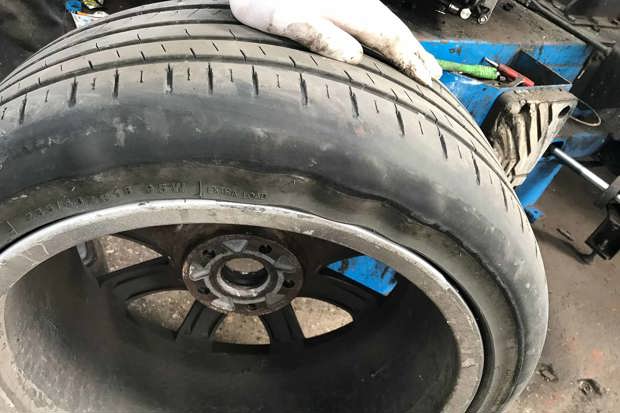Huge increase in MoT failures for worn tyres

New figures have revealed a record 2.15 million vehicles failed their MoT in the past year due to tyre defects.
Alarmingly, more than 1 in 3 of them – over 750,000 vehicles – had previously received tyre-related MoT advisories, which a group of road safety leaders say exposes a widespread pattern of ignored warnings.
There are now calls for mandatory follow-up action within three months of a tyre advisory, including driver alerts and proof-of-replacement requirements, to ensure problem tyres are not left unaddressed.
Defective tyres are described as a significant and preventable factor in many crashes, which killed 1695 people on UK roads in 2023 alone.
The number of vehicles failing the MoT on tyre defects has been steadily increasing over the past few years. The 2.15 million failures for 2023-24 compares to around two million the previous year and 1.83 million in 2019-20.
Vehicle owners were granted MoT extensions in 2020 following the Covid pandemic.
"These figures are truly shocking. Over two million vehicles failing the MoT due to something as basic as safe tyres is frightening," says Commander Kyle Gordon from the National Police Chiefs’ Council (NPCC).
In the UK, tyre safety is formally checked only once a year, at the MoT. Drivers often receive advisories that tyre tread is low or wearing unevenly, but there is no legal obligation or follow-up system in place.
Many drivers ignore the advisory and continue to drive until the next MoT. That's despite the fact that the maximum fine for worn or unsafe tyres is £2500 per tyre.
Jamie Hassall, executive director of the Parliamentary Advisory Council for Transport Safety, added the government could be collecting more than £5bn in fines, due to the sheer number of tyres now failing the MoT.

